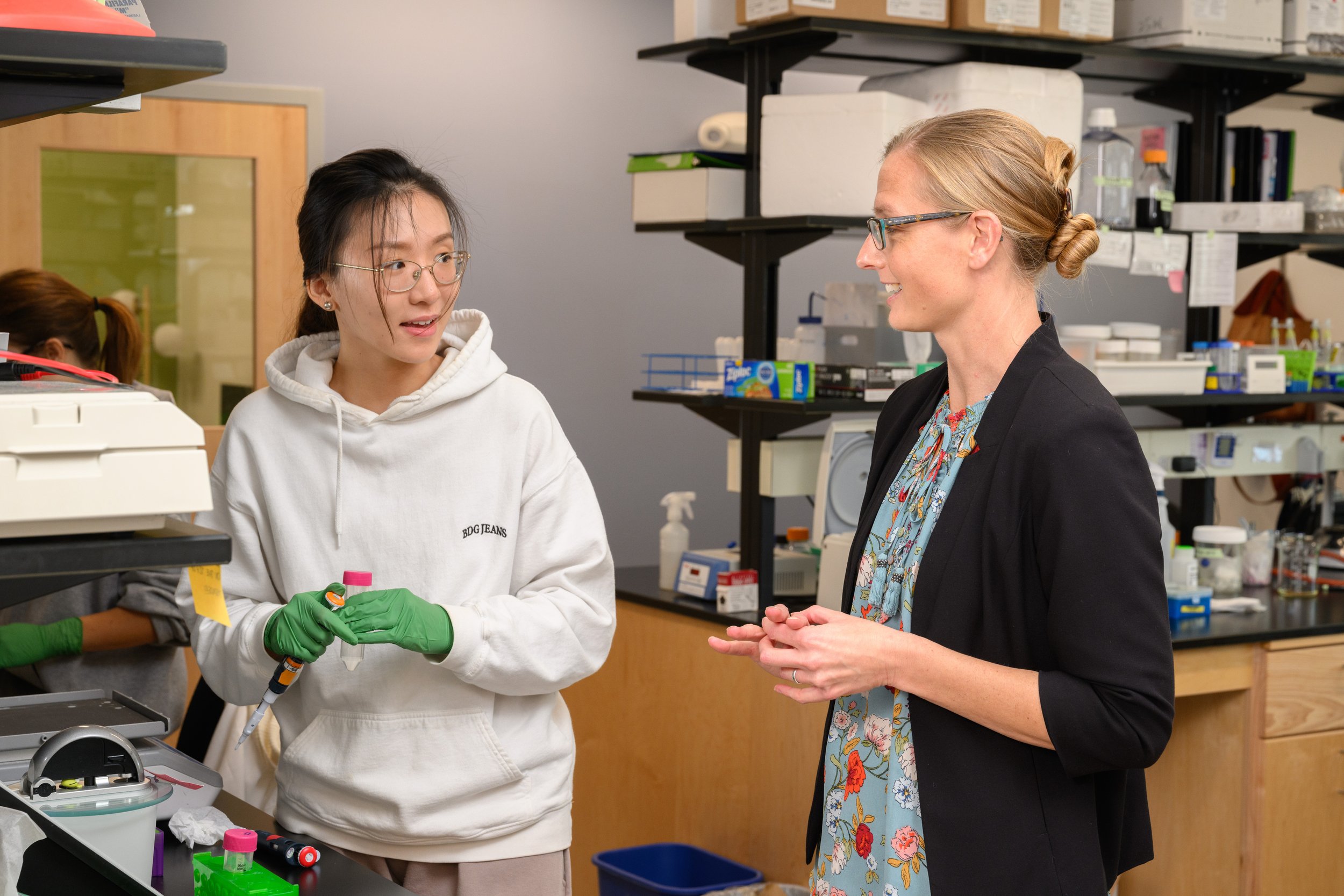The Stadtmueller lab investigates the structural, biochemical and biophysical mechanisms of proteins and complexes involved in immunity.
As a group, our desire is to broaden understanding of immune system proteins, their interactions with microbes and the functional outcomes of those interactions. Specifically, the Stadtmueller Lab investigates the assembly, structures and functions of mucosal antibodies in order to understand how these remarkable complexes protect vertebrates from external factors (e.g. pathogens) and how they can be engineered to treat disease. To accomplish this the lab targets data detailing the structures and biophysical mechanisms of mucosal antibodies from different species as well as mucosal antibody interactions with bacterial and viral antigens and receptors. Common approaches used in the lab include but are not limited to antibody engineering, cryoelectron microscopy, X-ray crystallography, surface plasmon resonance and fluorescence microscopy. Together, Stadtmueller lab projects are expanding our understanding of host-microbe co-evolution, antibody structure-function relationships and antibody therapeutic potential.
To the right, Model for the formation, transport and function of Secretory IgA based on cryo-EM structures.
Schematic summary depicting the unliganded polymeric Ig receptor (pIgR; pdb code 5D4K) bound to basolateral surface of an epithelial cell in its closed conformation and recognizing bent, dimeric (d) IgA (pdb code 7JG1) from the lamina propria. The pIgR binding to dIgA triggers a conformation change that repositions its domains to facilitate numerous stabilizing contacts with dIgA. The dIgA-pIgR complex (PDB code 7JG2) transcytoses to the apical membrane where the pIgR is proteolytically cleaved, releasing Secretory (S) IgA into the mucosa. In the mucosa, SIgA Fabs (shown in plausible, modeled positions) are directed toward the concave side of the antibody ‘looking’ for potential antigens while its Fc receptor binding regions are exposed on the convex side and accessible to potential host or microbial receptors. The pIgR ectodomain (SC) domains are also partially exposed; the D2 domain is almost completely accessible, protruding out of the SIgA where it may bind host and bacterial factors. Upon encountering antigen, SIgA Fabs bind, promoting antigen coating, agglutination or enchained growth (https://elifesciences.org/articles/56098
).









